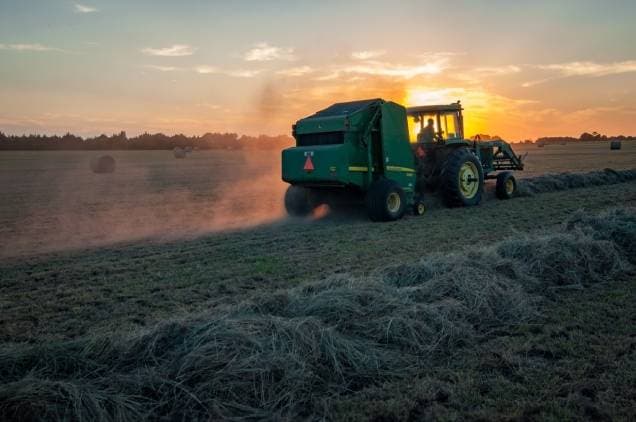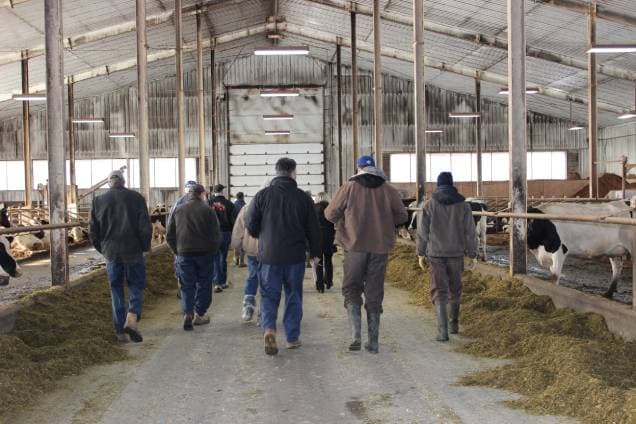 Occupational hygiene deals specifically with health hazards on the farm. The Farm Sustainability Assessment code FSA106 asks, “Do you undertake activities to promote the prevention of diseases and do you encourage personal hygiene?” What this means is are you training workers on the health hazards that have been identified on your farm? The Farm Safety Plan in section 3 gives resources to identify hazards on the farm, evaluate the hazards for risk, and section 4 gives resources on the types of hazard controls to use to mitigate the hazard and lower the residual risk.
Occupational hygiene deals specifically with health hazards on the farm. The Farm Sustainability Assessment code FSA106 asks, “Do you undertake activities to promote the prevention of diseases and do you encourage personal hygiene?” What this means is are you training workers on the health hazards that have been identified on your farm? The Farm Safety Plan in section 3 gives resources to identify hazards on the farm, evaluate the hazards for risk, and section 4 gives resources on the types of hazard controls to use to mitigate the hazard and lower the residual risk.
The types of health hazards that farmers and their workers may be exposed to are chemical, physical and biological. Adding occupational hygiene into your safety program can help reduce work-related health issues such as hearing loss, disease or illness from long-term chemical use, biological exposures from mold, bacteria, fungi and plants, skin disorders, allergies, poisoning, and other work-related conditions.
An occupational hygiene program may sound complicated but it is rather simple. You have already identified the hazards, know the risk of the chemical, physical, and biological risks, now just check the hazard controls you are currently using. Are the hazard controls adequate in preventing a health condition?
Types of controls to consider are:
- Isolation – Enclose the process or the employees performing the process
- Control the process or change the process
- Change the source of the hazard such as wetting dust or lowering liquid temperatures to reduce vapours
- Ventilation
- Substitute materials for less hazardous materials
- Train workers
- Air or biological sampling
- Medical monitoring
- PPE such as masks, respirators, gloves, protective clothing, safety glasses, and hearing protection
Preventing health conditions improves worker health and increases life expectancy, reduces the number of workers who leave the farm through injury and illness, lower healthcare costs, maximizes a worker’s potential, more efficient work process and increased productivity. All of these benefits positively affect the worker and helps the farm become more sustainable by decreasing losses.
Reference:



